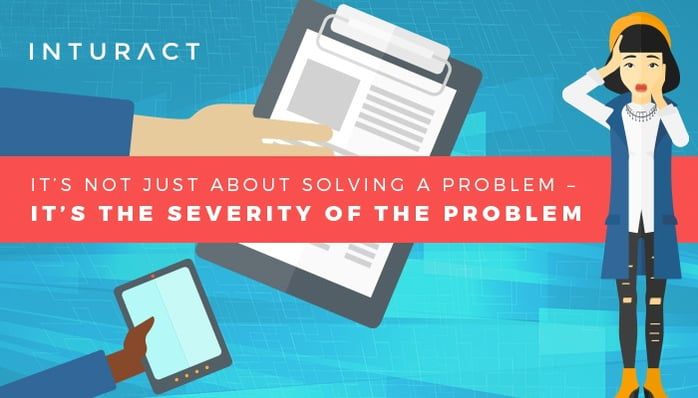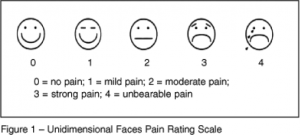 Finding “problem/solution fit” is one of the first tasks any aspiring entrepreneur must face. When you’re finding that problem to solve, it’s important to not just jump on the first problem that comes to mind – take the time to uncover a problem that has real pain and high stakes attached to it.
Finding “problem/solution fit” is one of the first tasks any aspiring entrepreneur must face. When you’re finding that problem to solve, it’s important to not just jump on the first problem that comes to mind – take the time to uncover a problem that has real pain and high stakes attached to it.
High stakes, low stakes, and in between
Whether your customer is B2B or B2C, she has a job she wants or needs to do. Not all jobs have the same level of importance, of course. As a devoted Modcloth customer, my “job” to look fabulous in fox-faced slippers isn’t really that high on my list of priorities. Not compared with, say, my job to help my clients grow their businesses through customer development. That job has high stakes attached. If I fail at that job, my customers go away (and then I can’t afford those very cute slippers). Therefore, if your company provides a solution to a problem attached to that very important job, I’ll be willing to pay more for it and engage more with your company when you help me succeed.
Then there are the other kinds of jobs that may not seem vital, and certainly won’t make or break anyone’s livelihood, but are crucial because they occur frequently. Take billing for example – the bane of every small business is the time it takes each month to create and send invoices. The billing cycle is a frequent time-suck that hinders productivity, unless you have a tool to ease the burden.
Your business’s pain rating scale

This is the scale they show you in the hospital so nurses know how much pain killer to give you. But, you could also use it with your prospective target audience.
Pain points come in nearly as many flavors as Baskin-Robbins ice cream. ![]() There are functional pain points – when a solution doesn’t work well or comes with side effects. Social pain points – when those slippers you ordered online make you look silly at the grocery store. Emotional pain points – when taking an action makes you feel bad. Obstacles to getting jobs done also qualify as pain points, as do potential risks of undesirable outcomes.
There are functional pain points – when a solution doesn’t work well or comes with side effects. Social pain points – when those slippers you ordered online make you look silly at the grocery store. Emotional pain points – when taking an action makes you feel bad. Obstacles to getting jobs done also qualify as pain points, as do potential risks of undesirable outcomes.
You’ll want to clearly differentiate your prospect’s pains, jobs, and desired outcomes in order to:
- Develop a successful product
- Ensure customer success
- Create effective marketing
- Grow your business, etc.
To find out which pain points affect your target audience, start by asking yourself a few questions – and if you don’t know the answer, ask your audience (Qualaroo surveys are great for this).
- What makes your customers feel bad?
- What frustrates or annoys them?
- What causes their headaches?
- What are their main difficulties and challenges that they encounter?
- What negative social consequences do your customers fear?
- What keeps them awake at night?
Then, see if you can quantify the severity of those pain points.
For example, if I were doing this for Capitan, a grocery list app, I would list their customers’ pain points as:
- Losing their shopping lists – mild pain
- Having a purse cluttered with old shopping lists – mild pain
- Having to text grocery list to significant other who still can’t figure out what kind of milk to buy – moderate pain
- Forgetting the toilet paper for the 3rd time – MAJOR PAIN
Nobody wants to go without toilet paper, especially when you also forget to buy Kleenex and therefore have nothing with which to… well, you know.
That is a major potential pain point that having a shopping list on your phone, which you always have with you, alleviates.
From there, you can go on to create highly effective (and pretty darn funny) marketing messages.
Identifying the most severe pain points is also one of the keys to developing a great value proposition.
And, of course, pain points are just the insights you need to develop solutions people will pay for.
Another way to really understand your customers and their pain points is to build your personas. So, here's our free buyer personas guide. In it, you'll find a template with a series of questions you can print out or answer directly in the PDF. Check it out.
With your pain points listed and your personas established, you're well on your way to presenting your product / service as the ideal solution!



